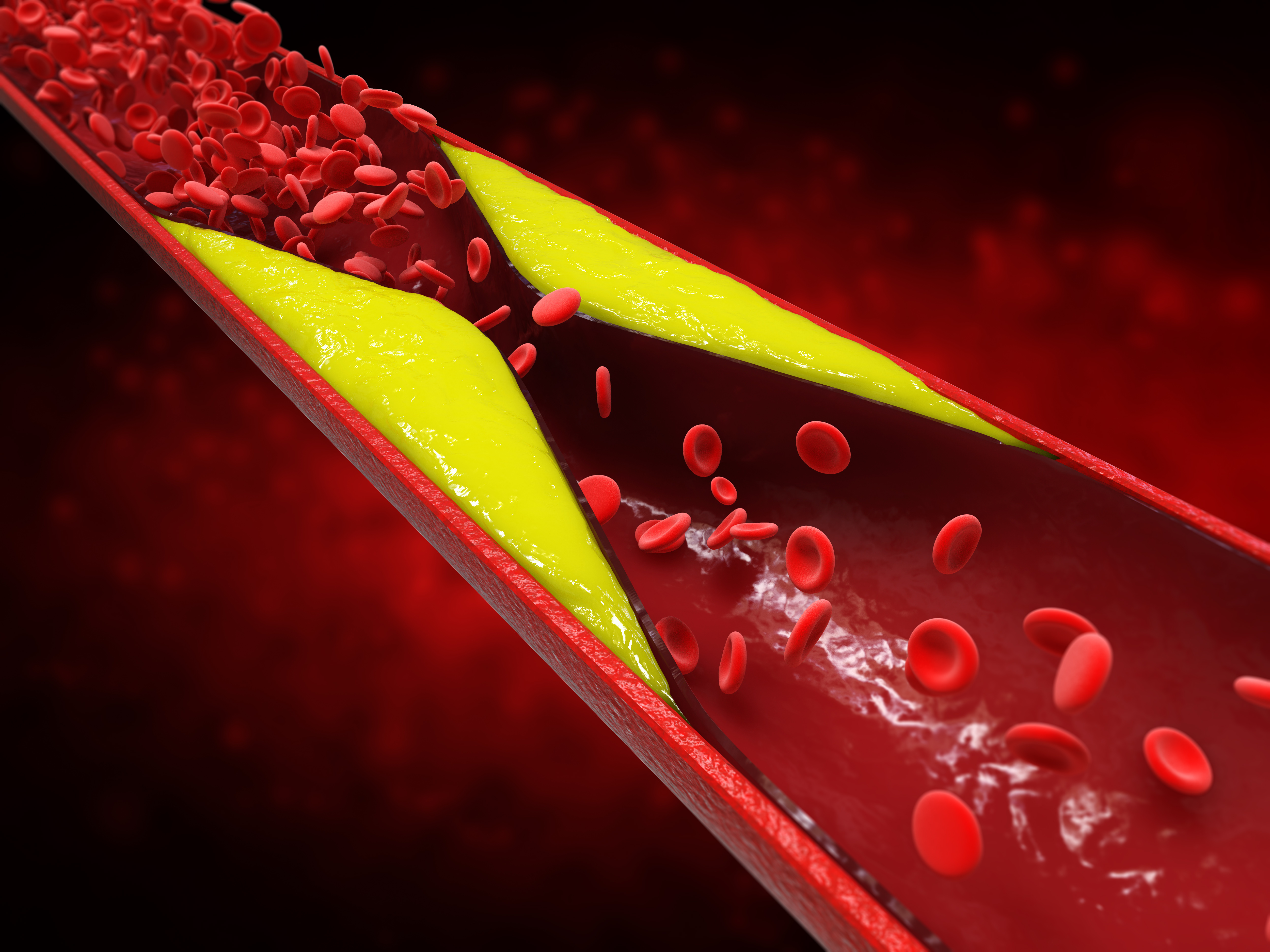Role of miRNAs in Metabolic Vascular Disease
Background
What is peripheral artery disease?
“Peripheral artery disease (also called peripheral arterial disease or PAD) is a common vascular condition in which narrowed arteries reduce blood flow to the arms or legs. In peripheral artery disease, the legs or arms — usually the legs — don't receive enough blood flow to keep up with demand. This may cause leg pain when walking (claudication) and other symptoms. “ explains the Mayo Clinic.
What is critical limb ischemia?
“Critical limb ischemia (CLI) is a severe blockage in the arteries of the lower extremities, which markedly reduces blood-flow. It is a serious form of peripheral arterial disease. CLI is a chronic condition that results in severe pain in the feet or toes, even while resting. Complications of poor circulation can include sores and wounds that won't heal in the legs and feet. Left untreated, the complications of CLI will result in amputation of the affected limb.” describes the UC Davis’s Vascular Center.

In a recent article by McCoy, et al. (August 2022) titled “MicroRNA‑375 repression of Kruppel‑like factor 5 improves angiogenesis in diabetic critical limb ischemia” the authors explain that it is common knowledge that diabetic patients often suffer from CLI; however, the underlying signaling mechanisms that contribute to this correlation are poorly understood. In the study, the researchers aimed to identify microRNAs that may play a significant roll in the CLI signaling and thus serve as essential biomarkers for early diagnosis, optimal prognosis, and personalized treatment. They comprehensively analyzed both human and mouse PAD samples through variety of tests such as cell culture and transfection, RT-qPCR, Western blot and immunoprecipitation, immunofluorescent staining and imaging, luciferase assay, and most importantly RNA sequencing and gene expression profiling (GEP).
RNA Sequencing
To explore the mechanisms by which miRNAs regulates endothelial function, the researchers used HTG EdgeSeq miRNA Whole Transcriptome Assay (miRNA WTA). miRNA WTA enables users to measure the expression of 2,083 human miRNA transcripts via next-generation sequencing (NGS) using a proprietary ultra-efficient workflow.
The most significantly up and down regulated genes were identified based on the differential expression analysis as shown in Figure 3B Volcano Plot.
Figure 3B Volcano plot demonstrating the most differentially regulated genes plotted against the Log10(P-value) with specific genes identified.
Based on comprehensive analysis of this and other data, the researchers were able to propose a mechanism of action for relevant miRNAs in diabetic CLI patients. Most importantly, they demonstrated that the delivery of certain miRNAs and factors into animal models improves recovery from CLI.
Conclusion
These in vitro and in silico exercises as well as the positive results from the animal based “recovery” experiments provide a foundation for future clinical studies to investigate potential therapies for human patients.
Resources
The full article and the supplementary materials can be access by clicking here.
